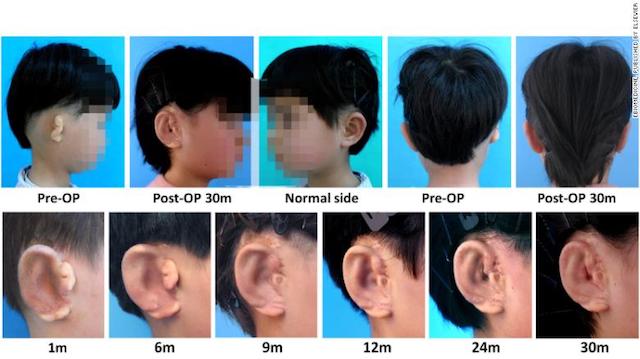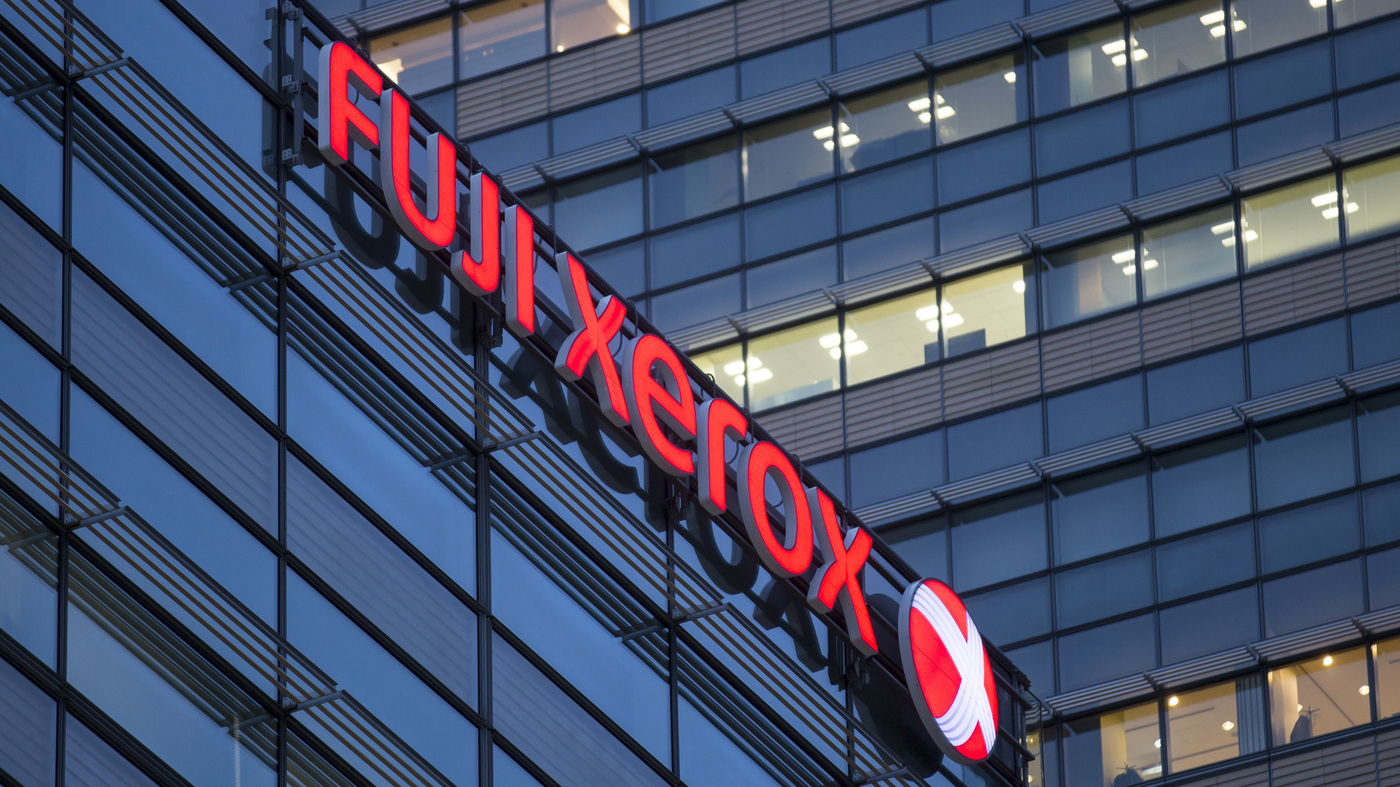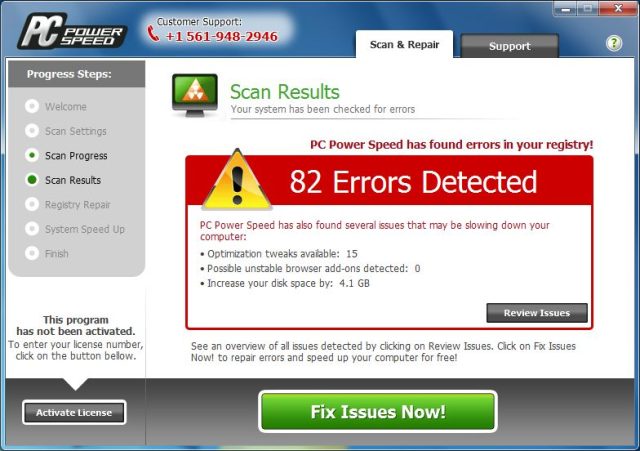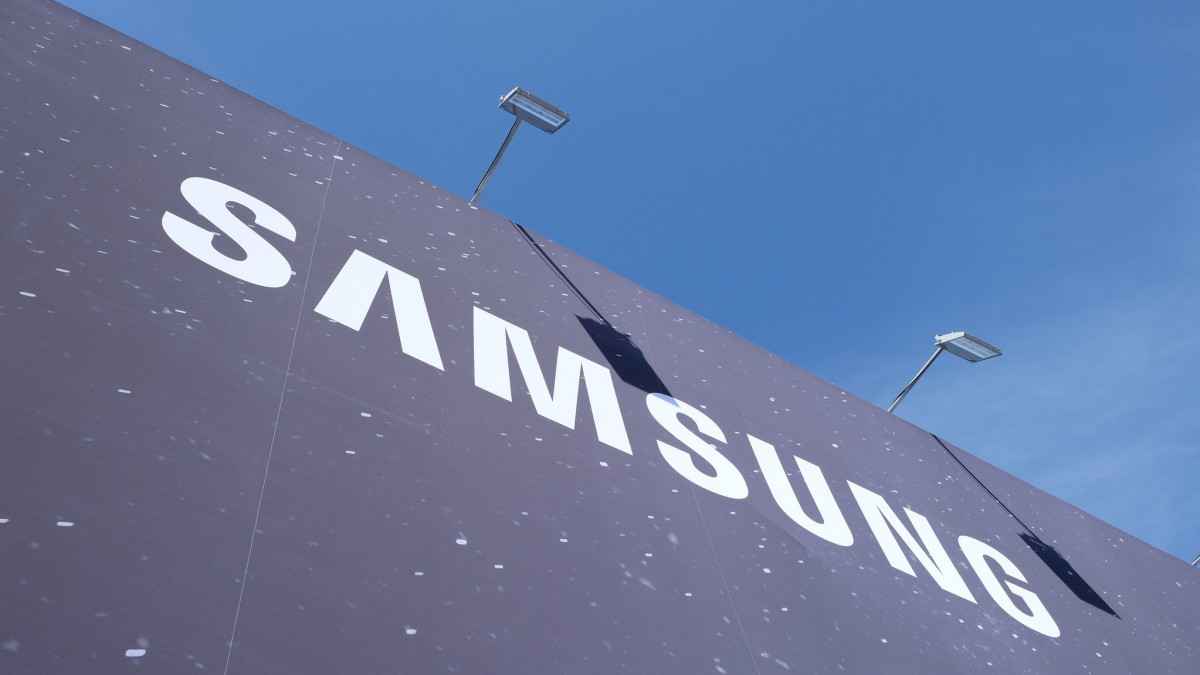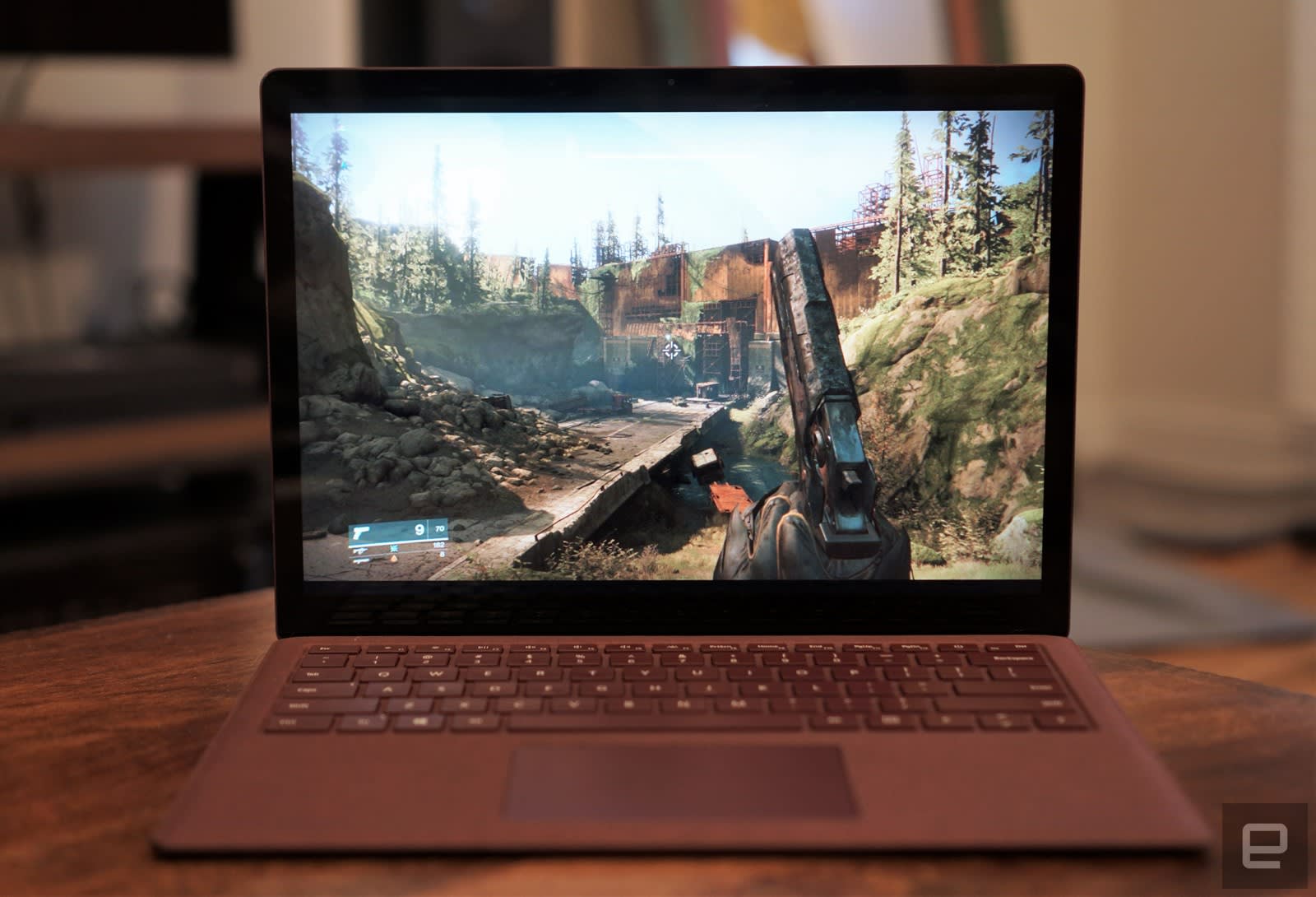
A year ago, NVIDIA’s GeForce Now game-streaming service let me play The Witcher 3, a notoriously demanding PC-only title, on a MacBook Air. This year, NVIDIA finally unveiled the Windows version of the service, and it was even more impressive. I was able to play Rainbow Six: Siege and PlayerUnknown’s Battlegrounds on underpowered PCs that sell for $200 to $300. If NVIDIA’s Mac demo was a revelation, playing high-end PC games on discount hardware felt like a miracle. Now, after testing the GeForce Now beta release on PCs for a week, I’m even more intrigued by the possibilities of game streaming.
To put it simply, the service lets you remotely tap into the power of an expensive gaming rig from any computer. It runs on remote servers powered by NVIDIA’s GTX 1080Ti GPUs. While the company isn’t divulging further specifications, you can bet they’re also stuffed with more than enough RAM and CPU horsepower. (NVIDIA claimed they were the equivalent of a $1,500 gaming PC a year ago.) When you launch GeForce Now, you’re actually watching a video streaming to your PC. But since there’s very little latency between what you’re seeing and your keyboard and mouse inputs, it feels as if the games are running right on your computer.
You don’t need a very powerful PC to run the GeForce Now client. At the minimum, NVIDIA recommends using a 3.1GHz Core i3 processor and 4GB RAM, along with either Intel HD 2000, GeForce 600 series or Radeon HD 3000 graphics. Those are all specs you’ll find in PCs four to six years old. But of course, solid internet access is a must. You’ll need speeds of at least 25Mbps, but NVIDIA advises a 50Mbps connection for the best experience. You’ll also have to make sure your computer has a reliable link to your router — which means you’ll either need to use an Ethernet cable or a 5GHz Wi-Fi network.
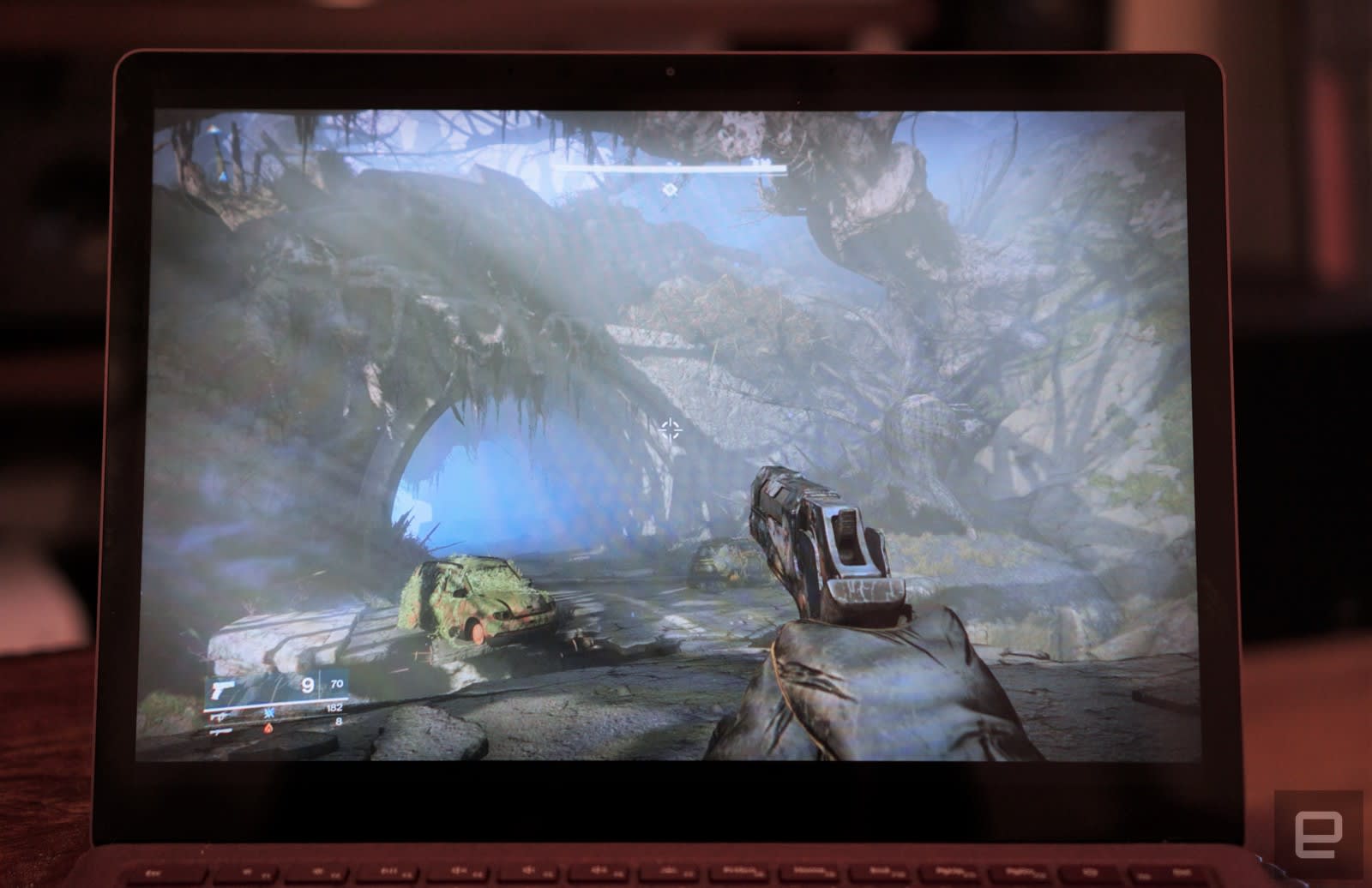
At the moment, GeForce Now on Macs and PCs only lets you play games you already own on Steam, Blizzard’s Battle.net or Ubisoft’s Uplay. Anything you don’t own can be purchased through the streaming platform. That’s a major difference from GeForce Now on NVIDIA’s SHIELD tablet and set-top box, which includes a handful of titles as part of its $7.99 monthly fee as well as games for purchase. Both versions of the service support popular titles like Overwatch, Call of Duty WWII and The Witcher 3, but you’ll probably have to wait a bit for them to work with lesser-known games. NVIDIA isn’t specifying what it takes to make a game compatible with the service, but I’d wager it has to test them out to make sure nothing breaks in the streaming process.
Setting up GeForce Now is as easy as downloading and installing the client and choosing a title to play. Then you just need to provide your login information for whichever service hosts the game. If you’re launching a Steam title, you’ll end up seeing the service’s familiar Windows interface, where you can either buy the game or download it to your library. One big downside with GeForce Now is that you’ll have to install games every time you want to play them, since you’re thrown onto a different server whenever you log in. It’s not a huge problem, though, since the remote machines are plugged into a fat network pipe and offer unlimited storage. PUBG, which weighs in at 12GB, installed in around four minutes while The Witcher 3 (31.7GB) took more than 10 minutes.
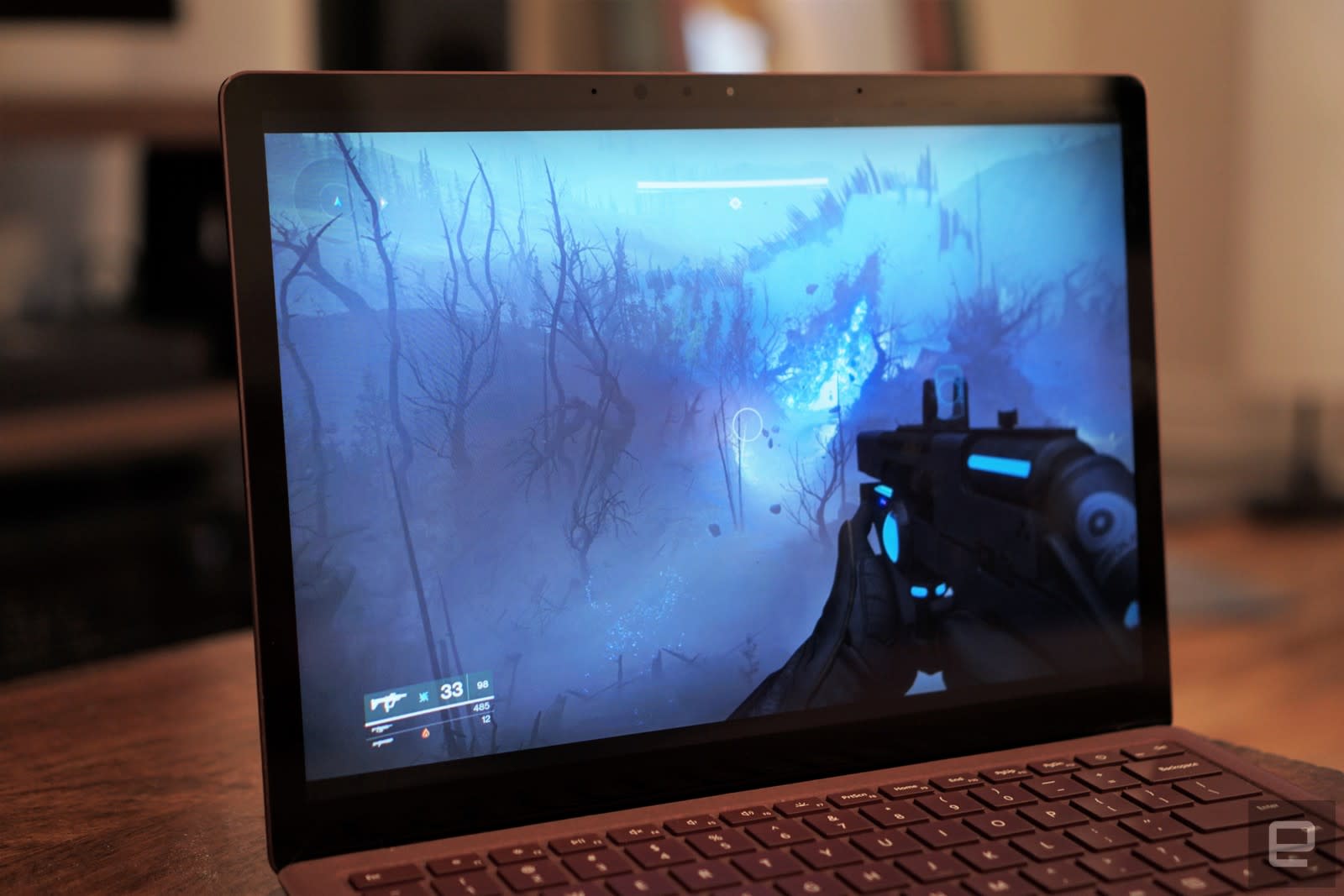
Devindra Hardawar/AOL
On the Surface Laptop — a great ultrabook marred only by its weak integrated graphics — running over our office’s WiFi, PUBG felt almost as smooth as it does on my dedicated gaming rig. It ran at a steady 60 frames per second, even though I cranked the graphics settings to "Ultra" and the resolution to 2,560 by 1,400. After a few minutes of running around the game’s apocalyptic European town and taking out other players, I almost forgot I was playing something that was running on a server hundreds of miles away.
The game’s excellent audio design also survived — I had no trouble pinpointing people sneaking around a house while wearing headphones, and the bomb strikes in "Red Zones" still rattled my skull. Mostly, though, I was surprised that I didn’t feel any lag while I was using the Surface Laptop’s keyboard and a Logitech wireless G903 gaming mouse. Moving the camera around and aiming my weapons felt incredibly responsive, and I was surprised that I was able to outgun some players in some heated shootouts.

That lack of latency as even more impressive with Overwatch, an even faster-paced game. Characters like Tracer and Genji, both of whom would be tough to play with any noticeable lag, felt as nimble as they do on my desktop. I didn’t even have trouble landing shots with snipers like Hanzo and Ana. I was simply able to enjoy playing the game as I normally do. And, even more so than PUBG, I was impressed by how well GeForce Now handled Overwatch’s vibrant and colorful graphics. Gorgeous maps like Ilios and Dorado appeared as detailed as ever, and the same goes for the game’s imaginative character models and costumes.
GeForce Now easily handled graphically intensive titles like Destiny 2 and The Witcher 3, which felt even more impressive to play on the Surface Laptop. Both games managed to run at 60 FPS at a 2,560 by 1,400 resolution (the service supports up to 2,560 by 1,600), with all of their graphics settings turned all the way up. Even though Destiny 2 isn’t exactly a fast-paced shooter, it still benefited from the service’s low latency, which helped me mow down waves of enemies without much trouble. And with the Witcher 3, I was impressed that its graphically rich world didn’t lose any fidelity while being streamed. Perhaps because these games are particularly demanding, I occasionally experienced connection hiccups while playing them. They only lasted a few seconds, but if I were fighting against tough bosses, they could have easily led to my doom.
Those disruptions also made it clear that your experience with GeForce Now will depend largely on your internet connection. I had a mostly trouble-free experience in our office and at home, where I have 100 Mbps cable service. But if you don’t have a steady 25 Mbps connection, Ethernet access or strong wireless reception, you’ll likely see more gameplay-disrupting issues. I wasn’t able to run any games at Starbucks locations around NYC, and based on my terrible experiences with hotel WiFi, I’d wager you’d have trouble using GeForce Now while traveling, too. (The service is only supported in the US and Europe, at the moment.)
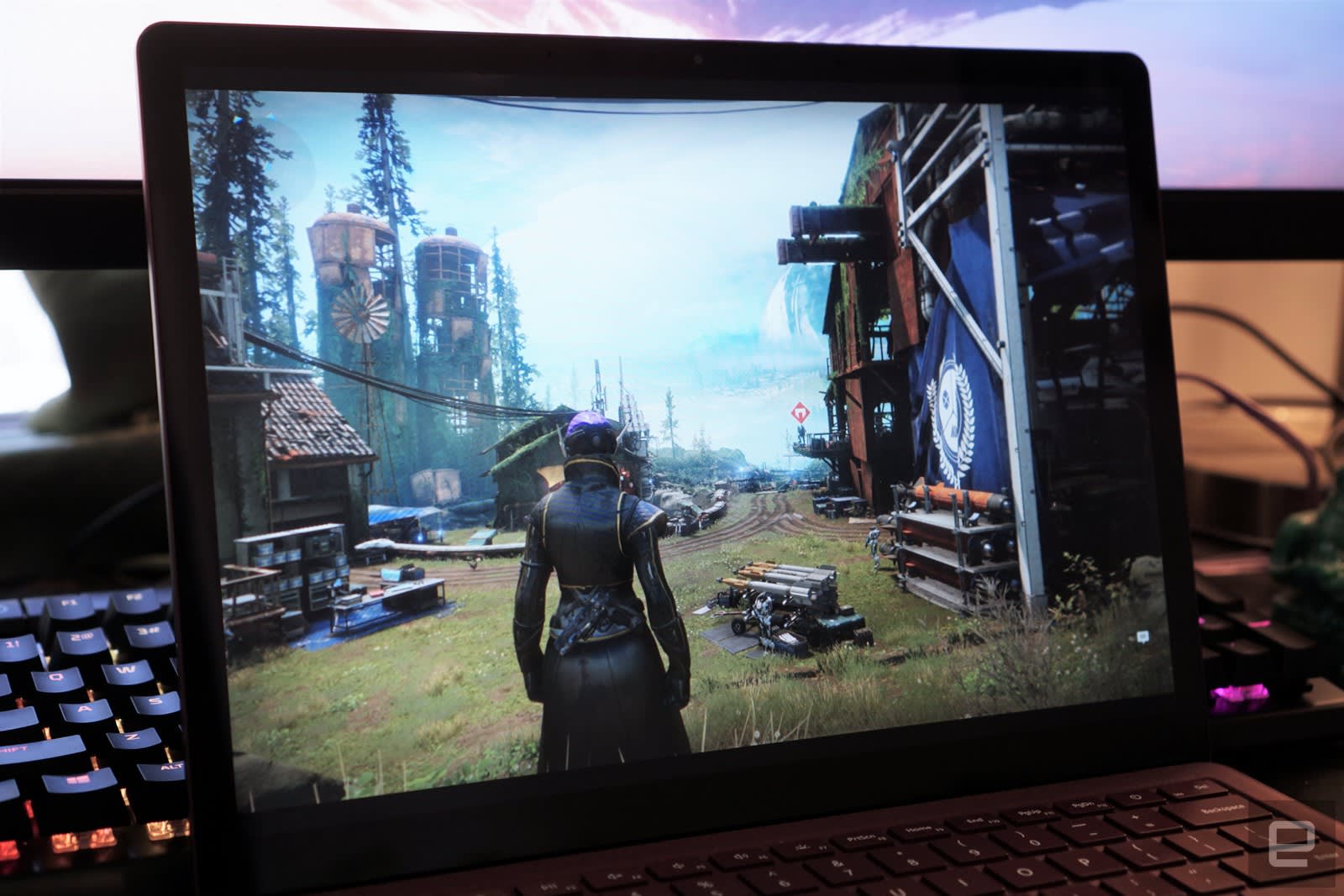
Devindra Hardawar/AOL
The big problem with GeForce Now? We don’t know what the service will look like once it leaves beta. You can request access now, and if you’re lucky enough to get in, you can test the service for free. NVIDIA isn’t giving us a timeframe for an official release, or how much it’ll eventually cost. Based on what we typically see with streaming services, I’d also expect GeForce Now’s smooth performance to take a hit once it’s open to the hordes of frag-happy gamers.
For now, though, it’s a glimpse at the true future of gaming — a world where we don’t have to worry if our video cards are fast enough, or if we have enough hard drive space for a massive open world game. Well, as long as you have an internet connection fast enough to handle all of that gaming goodness.
from Engadget http://ift.tt/2E2Z6Pb
via IFTTT



